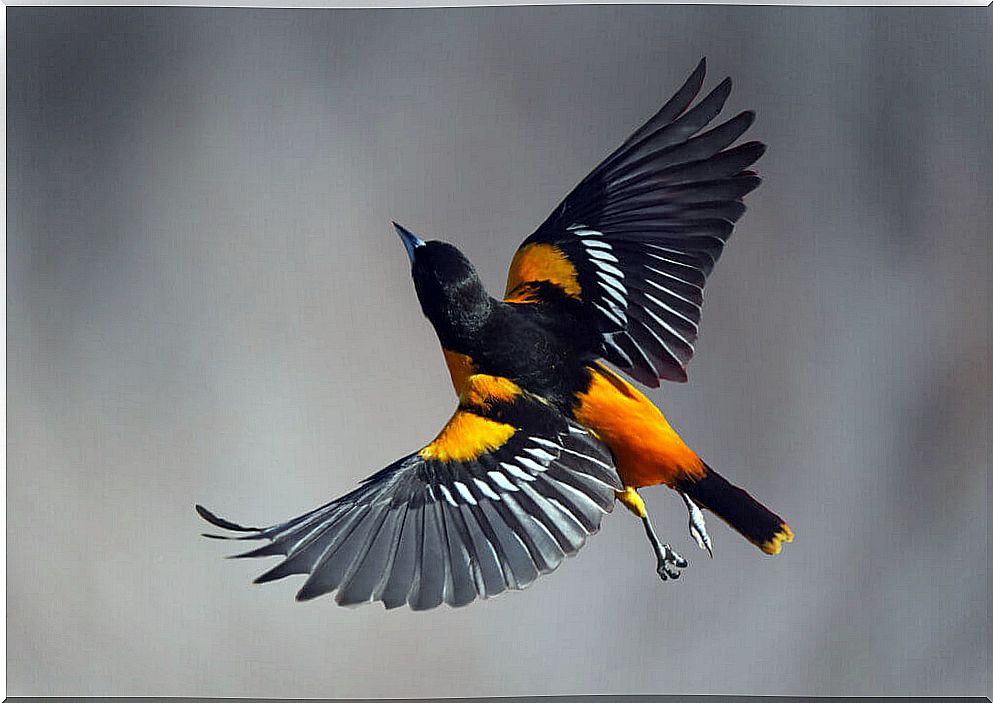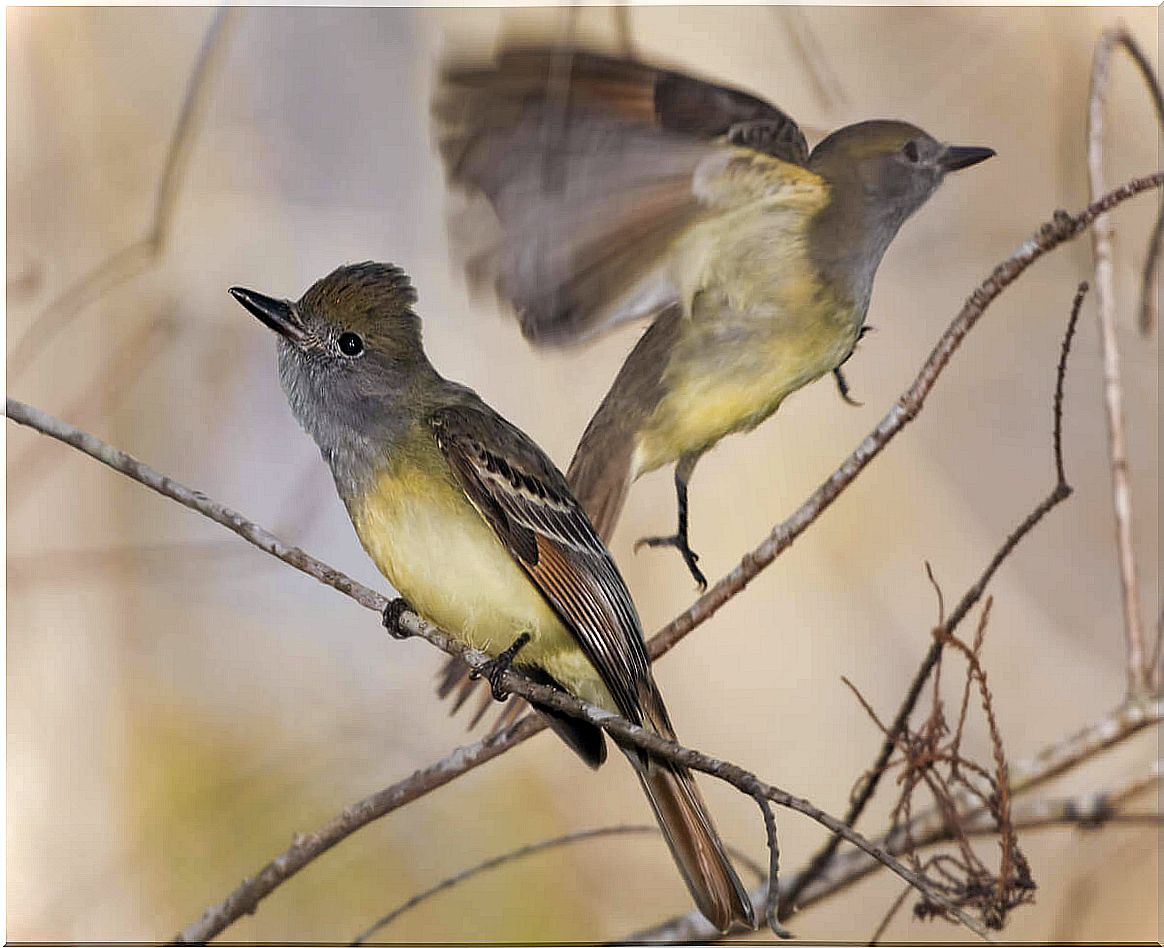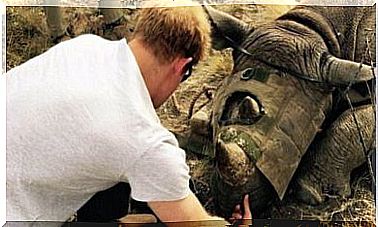Why Do Birds Fly?

Flying through the skies has been a human dream almost since its inception. Wondering why birds fly has given rise to great inventions, which now make our lives easier. Still, no one has been able to fly like a bird.
What’s the secret? Clearly, something differentiates the flying birds from other animals and allows them to stay off the ground. Learn how this power works here.
What is needed to fly?
The most obvious answer to this question is the presence of wings and feathers on the bodies of these animals, but these alone do not explain the ability to fly. The following anatomical adaptations will help you understand why birds fly.
Weight reduction
There are two main factors when it comes to body modification: air sacs and pneumatized bones. The first are cavities inside the bird’s body that fill with air when it breathes, providing lightness. Air also circulates inside the bones to make them less heavy, which is why they are called pneumatized, as they are hollow.
Birds have also lost body parts throughout evolution to reduce their weight, such as teeth and nose. They don’t have a bladder and, moreover, develop reproductive organs only during the mating season. If you’re not going to use them until spring, why carry them all year round?

Muscle and bone modifications
The birds’ center of gravity was shifted towards the point located between the two wings and the head. By concentrating all of their weight on one part of their body, they can lift their weight more efficiently.
Therefore, they present bone and muscle modifications, so that their biggest and strongest muscles are the breasts, responsible for flapping their wings. The breasts are anchored to the sternum thanks to the developed bony crest, the keel. Scapulae, clavicles and coracoids were also modified to favor the flapping of the wings.
Your respiratory system is also an answer to the question “Why do birds fly?”
Birds’ lungs are small and flat, as air circulates throughout the body through air sacs and hollow bones. Despite this, they are incredibly efficient, as these animals need oxygen to be delivered through the body at high speed while flapping their wings. Flying requires a huge expenditure of energy.
Why do birds fly?
You might be wondering what wings and feathers have to do with the equation after all that. Now, if the body has been modified to be able to fly, the wings and feathers are the last pieces the birds need to take off. Thanks to them, the animal is able to overcome gravity, as they allow them to control the air currents to distance themselves from the ground.
On takeoff, the shape of the wings allows for propulsion, through the air that is directed towards the ground. Once in flight, the bird only needs to adjust the position of the wings to glide or keep flapping to keep climbing. This would not work if the feathers were not air resistant.
The movement of the wings, when observed in slow motion, is similar to paddling or swimming. For this reason, birds do not flap their wings up and down, as they would not be able to create a current under the body that keeps them in the air.

Birds, those creatures made of air and music, will continue to populate the human imagination for many years to come. What for them is survival and natural selection, for us is one of the most unattainable dreams. Let’s work together so that birds will continue to soar through the skies for many more millennia.









